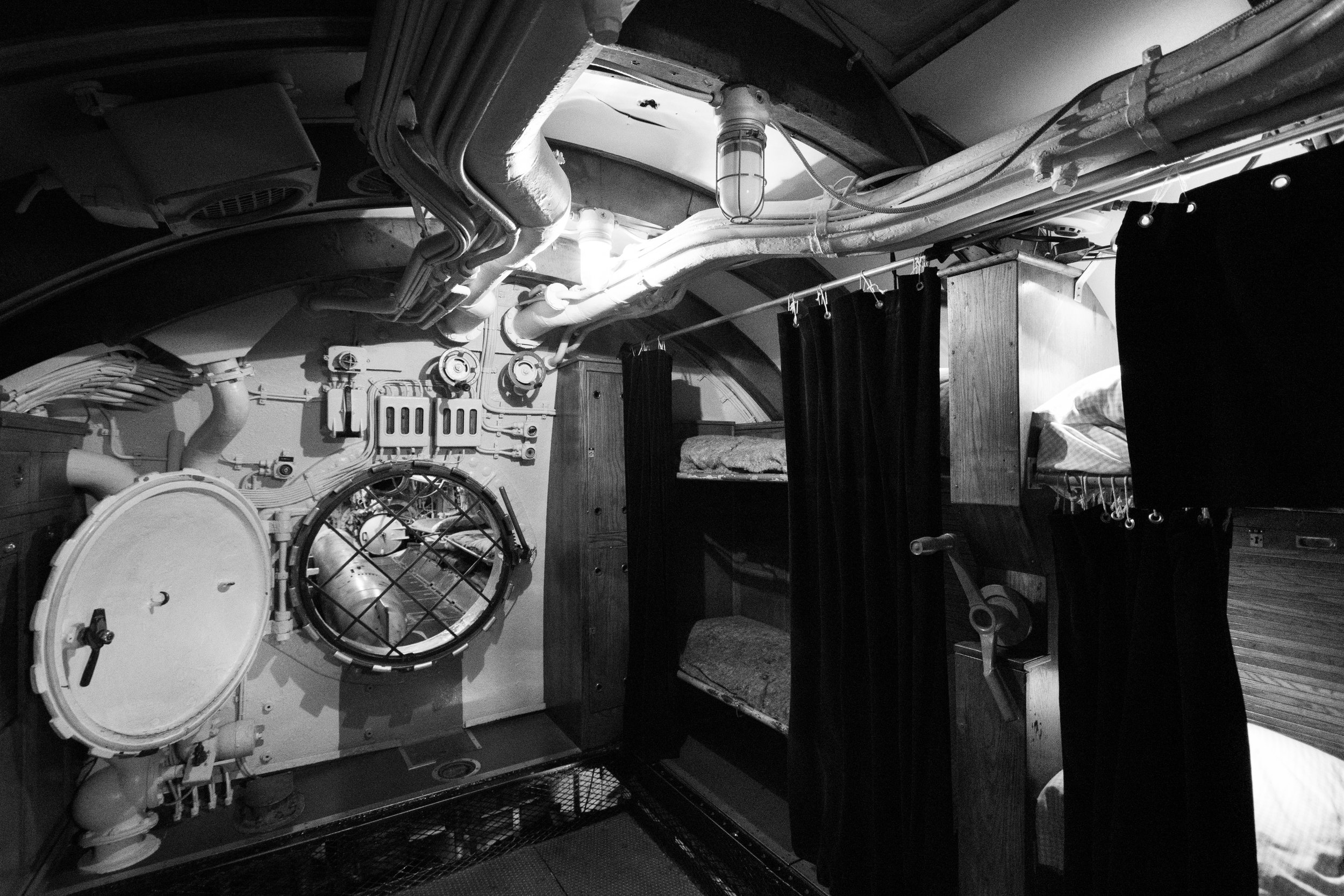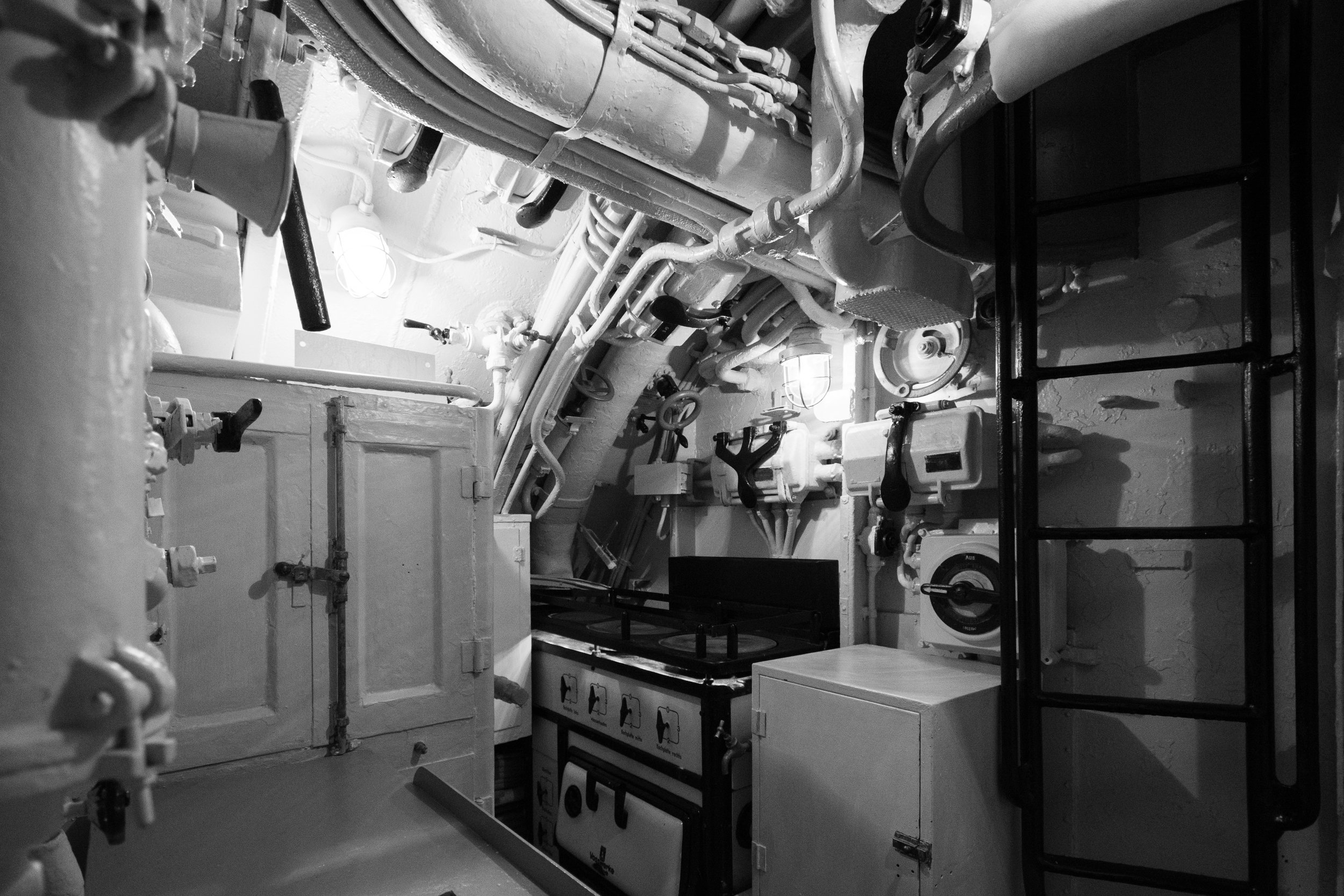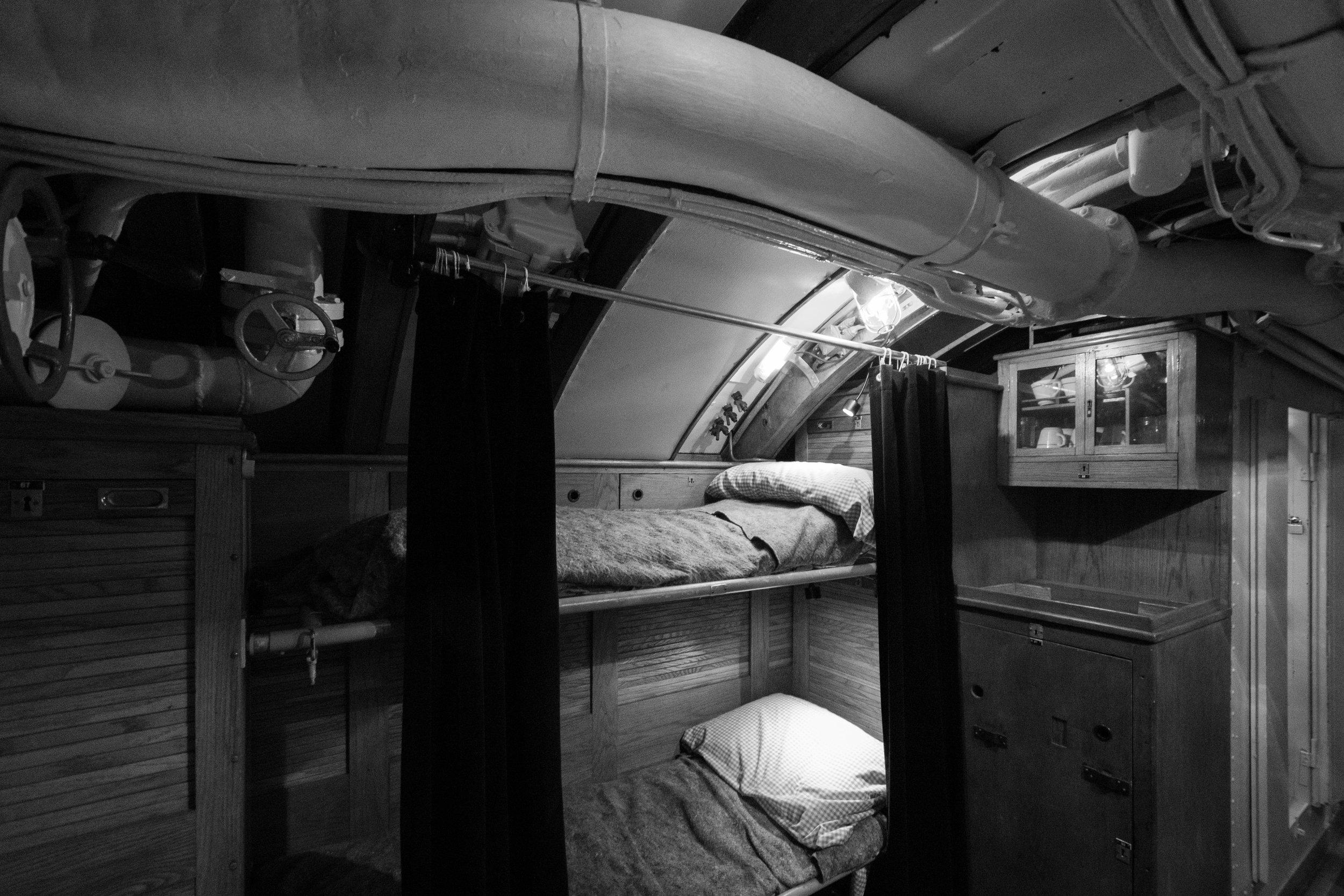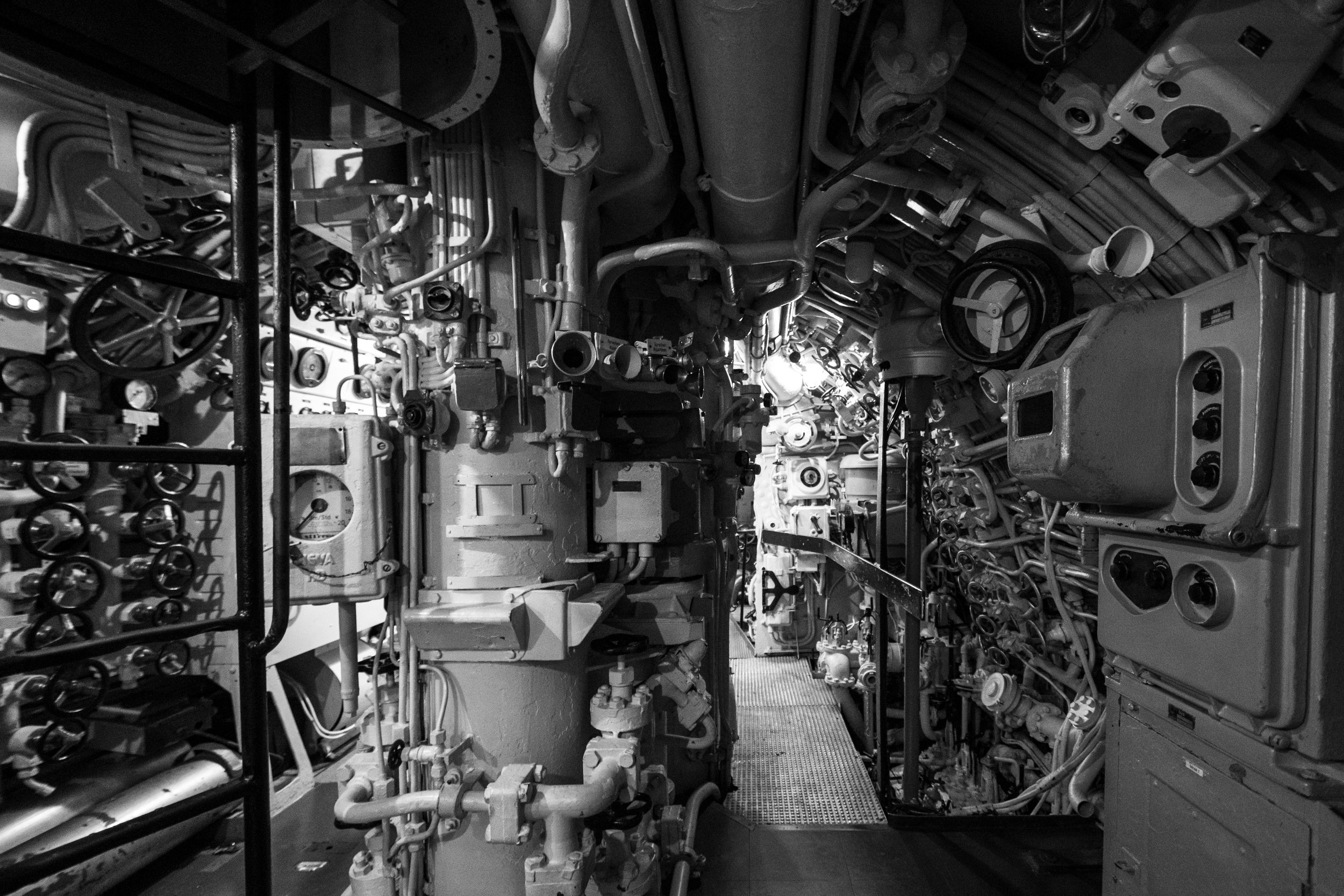When I found out that I’d have the chance to spend a few days in Chicago I immediately knew where I was going - to see one of the most unique museum ships in the US. U-505, now part of the Museum of Science & Industry in Chicago, is a submarine with an interesting service history and an even more interesting capture story. I try to visit any museum ships I can find when I’m traveling so there was no way I could pass up the chance to explore the only WWII German U-Boat in the United States.
U-505 is a German Type IXC U-Boat built during WWII by Nazi Germany, commissioned in August 1941. One of only 6 U-Boats captured by the allies during the war, U-505 had a generally unlucky career at sea. She only managed to sink a total of 8 ships over 12 patrols though most of her misfortune was a direct result of time spent in port. Based out of Lorient in occupied France, she suffered from sabotage attacks and shoddy repair jobs at the hands of the French Resistance. Most patrols ended just days after launch as the “repairs” caught up with the ship forcing a return to port.
The most notable event to occur onboard U-505 was the suicide of her captain, Peter Zschech. On the boat’s 10th war patrol, British destroyers spotted U-505 and forced her to dive. Zschech shot himself in the control room before the other officers as depth charges rained down around the submerged ship. First Watch Officer Paul Meyer took command and was able to return the submarine to port. This was the only recorded case of a submarine commander committing suicide while underwater during the war.
The captain’s bunk is pictured here. While he did not have an entire room to himself, accommodations were the most spacious aboard. Most crew slept in the forward or aft torpedo rooms and shared bunks between shifts in a practice known as “hot bunking”. The submarine was incredibly cramped, but even more so when loaded down with provisions for a war patrol.
The story of U-505’s capture dates back to 1944 when an American hunter killer task force intercepted the boat. Depth charges were dropped and an oil slick appeared in the waves as the damaged U-505 surfaced. The American forces started firing upon the submarine while the order was given to abandon ship. Sailors abandoned the ship so quickly that the scuttling process was not completed and the engines were left running. The earlier depth charge attacks jammed the rudder which left the boat spinning in a circle as American forces assembled a boarding party.
In the event of capture, German U-Boat crews were to scuttle the submarine and destroy all sensitive material. Because there was such a rush to abandon the submarine, these procedures weren’t followed and evidence crucial to breaking the Enigma code was left untouched. The crew of U-505 were taken prisoner as the submarine was towed to to Bermuda in secret with an American crew. After careful study the ship was released in 1945 to raise war bonds at ports across the US. The navy planned to use U-505 for target practice after the tour but thankfully the citizens of Chicago were able to preserve her for future generations..
What stuck with me the most about U-505 was how unique it was compared to most American ships I’ve visited and how much wood was used in the construction. I’m glad I had the chance to visit while I was in Chicago and encourage others to do the same. It’s the only U-Boat in the United States and a unique piece of WWII history.








